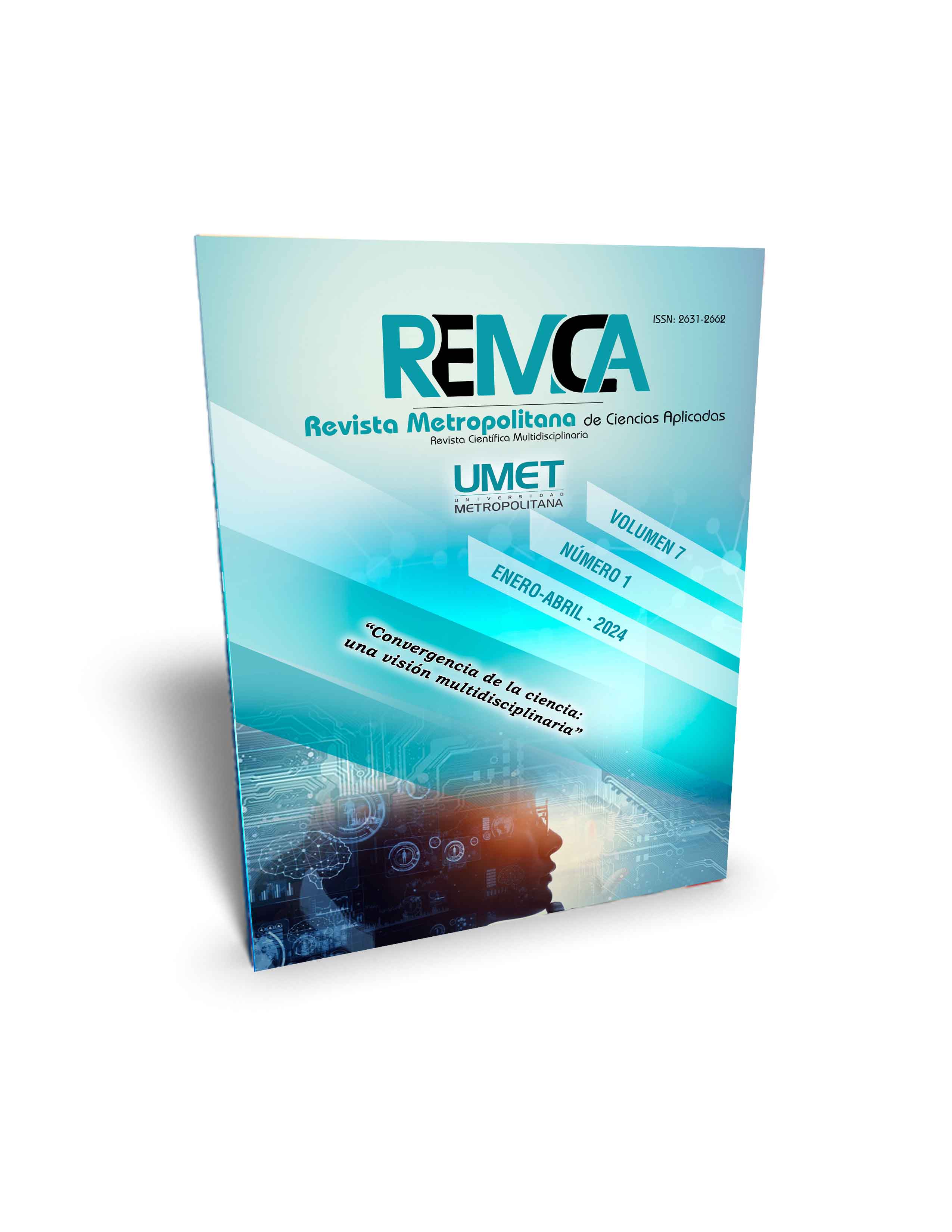Classroom environment influences in speaking anxiety levels
DOI:
https://doi.org/10.62452/1g72rz92Palavras-chave:
Foreign speaking anxiety, classroom environment, classroom interventionResumo
Speaking anxiety is present and persists innumerable in schools, high schools, or even universities, no matter whether public or private they are. Speaking anxiety may stem from different sources and affect each individual student differently. The research for this study was done through the use of a quantitative students' questionnaire based on the Language Anxiety Scale (FLCAS) administered to 23 students (14 male and 9 female) from the tenth grade of Basica Superior of Colegio de Bachillerato Asaad Bucaram, before and after the classroom intervention. The study started with a classroom visit to determine what kind of environment the students perform the activities. The instrument used was a classroom visit file. The findings suggest that the changes experienced by students in the classroom modified the previous results, about 4,4% of the anxiety level among students was reduced in both the Low Language Anxiety (LLA) category and High Language Anxiety (HLA) category. In genre differences before classroom intervention, girls were more anxious than boys in certain items when speaking in class. However, the results changed after the intervention. Boys showed more anxiety than girls. Further research may be needed to understand the specific factors contributing to these changes in anxiety levels and gender differences.
Downloads
Referências
American Psychological Association. (2023). Anxiety. https://www.apa.org/topics/anxiety
Aydin, B. (2001). A Study of Sources of Foteign Language Classroom Anxiety in Speaking nad Writing Classes. (Tesis doctoral). University of Anadolu.
Botes, E., Dewaele, J.-M., & Greiff,, S. (2020e). The Foreig Language Classroom Anxiety Scale and Academic Achievement: An Overview of the Prevailing Literature and a Meta-Analysis. International Association for the Psychology of Language Learning (IAPLL), 2, 26-56.
Dorman, J. (2002). Classroom environment research: Progress and possibilities. Queensland Journal of Educational Research, 18(2), 112-140.
Hannah, R. (2013). The Effect of Classroom Environment on Student Learning. Western Michigan University.
Horwitz, E. (2010). Foreign and second language anxiety. Language Teaching, 43(2), 154-167.
Ling, H., & Na, W. (2014). Anxiety in Foreign Language Learning. (Paper). International Conference on Global Economy, Commerce and Service Science. Phuket, Thailand.
Livacic, E. (2017). Identidad, Idiosincracia y cultura latinoamericana [Identity, Idionsincracy and latinamerican culture]. Estudios de Humanidades y Ciencias Sociales, 13, 27-31.
Neer, M., & Kirchner, W. (1990). Classroom Interventions for Reducing Public Speaking Anxiety. Communication Course Annual, 3, 202-223.
Organization Mind. (2021). Web Site Organization Mind. Retrieved from Mind: https://www.mind.org.uk/information-support/types-of-mental-health-problems/anxiety-and-panic-attacks/about-anxiety/
Palacios, L. (1998). Foreign Language anxiety and classroom environment: A study of Spanish university students. University of Texas.
Roskos, K., & Neuman, S. (2011). The Classroom Environment. International Literacy Association, 65(2), 110-114.
Siew, M., & Wong, L. (2009). Language anxiety and motivation to learn English. The Reading Teacher, 65(2), 110-114.
Downloads
Publicado
Edição
Seção
Licença
Copyright (c) 2024 Brinner Daniel Castro-Vaca, Antonio Lenín Argudo-Garzón (Autor/a)

Este trabalho está licenciado sob uma licença Creative Commons Attribution-NonCommercial-ShareAlike 4.0 International License.
Os autores que publicam na Revista Metropolitana de Ciencias Aplicadas (REMCA), concordam com os seguintes termos:
1. Direitos autorais
Os autores mantêm direitos autorais irrestritos sobre suas obras. Os autores concedem ao periódico o direito de primeira publicação. Para tal, cedem à revista, em caráter não exclusivo, direitos de exploração (reprodução, distribuição, comunicação pública e transformação). Os autores podem firmar acordos adicionais para a distribuição não exclusiva da versão publicada do trabalho no periódico, desde que haja reconhecimento de sua publicação inicial nesta revista.
© Os autores.
2. Licença
Os trabalhos são publicados na revista sob a licença Creative Commons Atribuição-NãoComercial-CompartilhaIgual 4.0 Internacional (CC BY-NC-SA 4.0). Os termos podem ser encontrados em: https://creativecommons.org/licenses/by-nc-sa/4.0/deed.pt
Esta licença permite:
- Compartilhar: copiar e redistribuir o material em qualquer meio ou formato.
- Adaptar: remixar, transformar e desenvolver o material.
Nos seguintes termos:
- Atribuição: Você deve dar o crédito apropriado, fornecer um link para a licença e indicar se alguma alteração foi feita. Você pode fazer isso de qualquer maneira razoável, mas não de uma forma que sugira que o licenciante endossa ou patrocina seu uso.
- Não comercial: você não pode usar o material para fins comerciais.
- Compartilhamento pela mesma licença: se você remixar, transformar ou criar a partir do material, deverá distribuir sua criação sob a mesma licença do trabalho original.
Não há restrições adicionais. Você não pode aplicar termos legais ou medidas tecnológicas que restrinjam legalmente outros de fazerem qualquer coisa que a licença permita.




